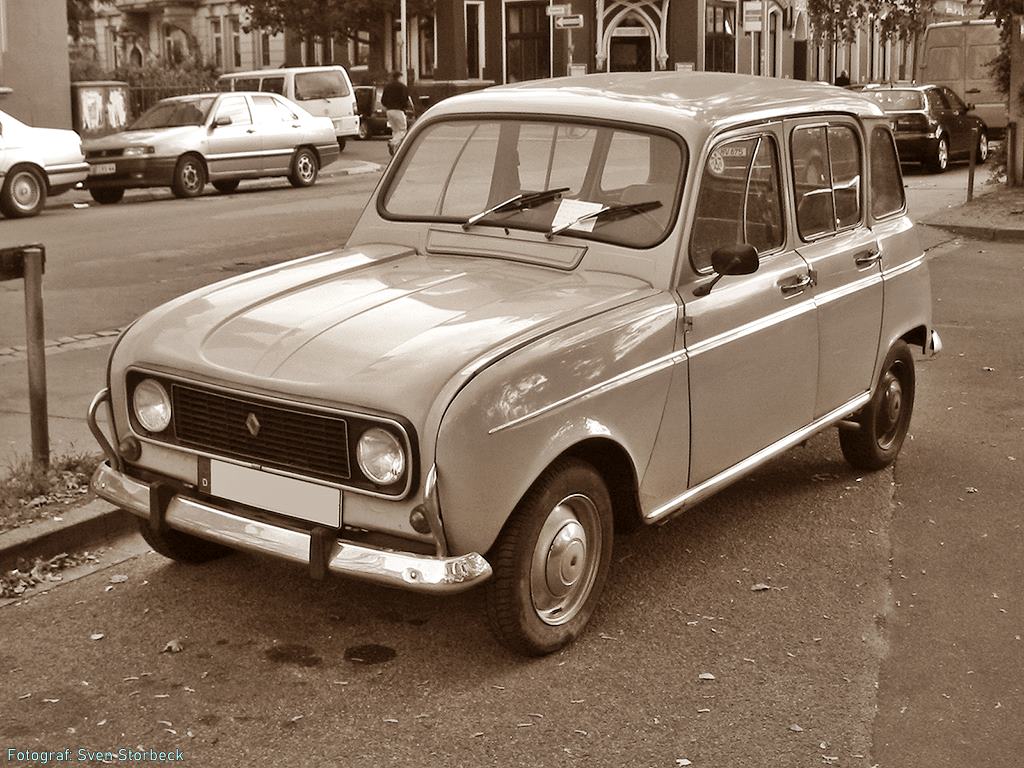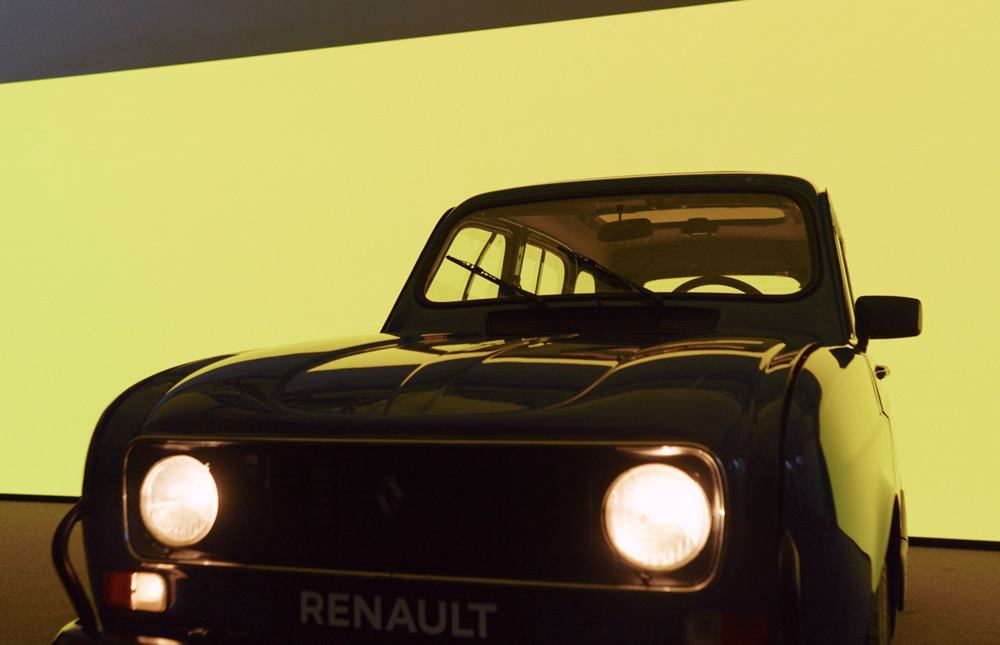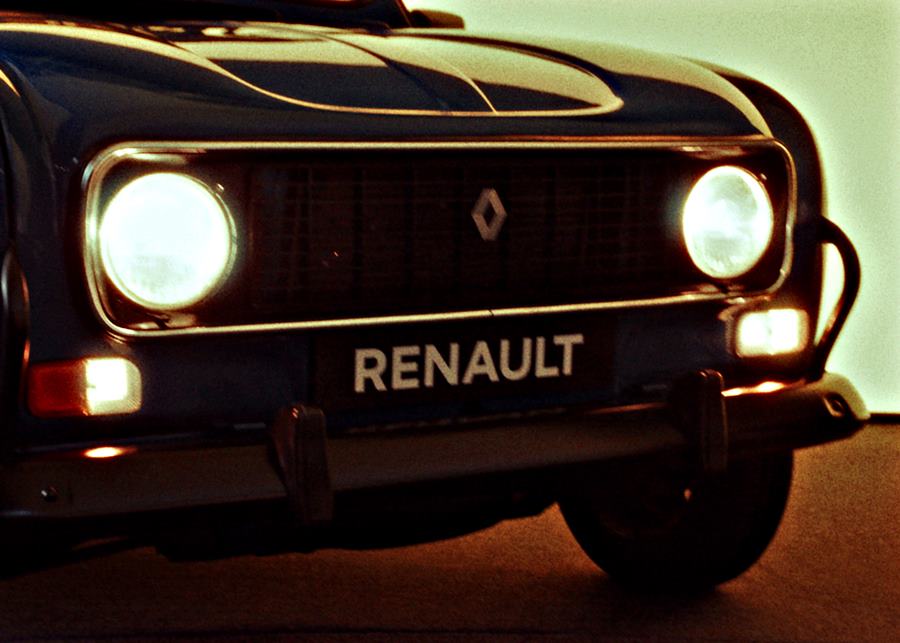LED technology has brought many benefits to automotive lighting – longer life, better illumination, quicker illumination and lower energy consumption.The technology has also given designers greater freedom to create unique headlamp shapes and lighting signatures, reflecting brand identity.
Updated regulations
Providing further scope to designers was the update of EU regulations in June 2023 which now allow the illumination of the logo, radiator grille, or other features. The new regulations are, nevertheless, stringent in some ways, limiting the logo size to 100 square centimetres, and it must be symmetrical in shape with a fixed, white light. The level of intensity is pre-determined and uniform across the surface of the entire part. No parts can protrude from the bodywork.
The timing of the update to the regulations gave Renault’s designers an opportunity to come out with a backlit grille with an illuminated logo, a first for the brand. With the new Renault 4 E-Tech electric, an iconic design is revisited using LED technology.
![Renault 4 E-Tech EV [2024]](https://www.motaauto.com/wp-content/uploads/2024/11/Renault-4-E-Tech-EV-2024-1.jpg)
Revisiting a design feature
The iconic design is that on the original Renault 4, which had round headlights and a rectangular radiator grille with the rounded corners. Like a facial expression, it was a design feature playing on the headlamps and grille that immediately set the car apart in the stream of traffic.

“Renault 4 E-Tech electric was the right candidate to take advantage of this new opportunity with the idea of reinventing the iconic front end of the original R4 by exploiting light. And so the decision was made to illuminate the distinctive, symmetrical lines of the logo and radiator grille” said Stefano Bolis, Renault Chief Designer, Design Strategy and Advanced Tech.
![Renault 4 E-Tech EV [2024]](https://www.motaauto.com/wp-content/uploads/2024/11/Renault-4-E-Tech-EV-2024-7.jpg)
Light is today’s chrome
“To create something unique once again with Renault 4 E-Tech electric, we had to think outside the box. Light is today’s new chrome, so it made sense to illuminate this characteristic detail. At the same time, the vertical lines of the original were perfect for showcasing the new illuminated logo” said Bolis.
However, there are a few tweaks in the design as the designers have not entirely replicated the original shape of the grille. Part of this was to give it a ultra contemporary look with more character. The main aim was to give the grille of Renault 4 E-Tech electric a more futuristic look, rather than a nostalgic retro approach.

![Renault 4 E-Tech EV [2024]](https://www.motaauto.com/wp-content/uploads/2024/11/Renault-4-E-Tech-EV-2024-10.jpg)
A closer look reveals the secondary details such as the sculpted pattern in the black interior of the radiator grille, with a ‘floating’ logo, forming a deliberate contrast with the clean lines of the lighting components. The round lights that are so characteristic of cars from the 1960s and 1970s have been suggested and reinterpreted in terms of both their formal appearance and their function.
![Renault 4 E-Tech EV [2024]](https://www.motaauto.com/wp-content/uploads/2024/11/Renault-4-E-Tech-EV-2024-5.jpg)
Using LED technology, they perform the function of daytime running lights, elegantly bracketing the main lighting module, with its compact, contemporary lines.
The rear lights also revisit the original R4, with the capsule in 3 parts. “We reinterpreted the spirit in a very contemporary way and simplified the design by removing the outer lens“ added Bolis.
![Renault 4 E-Tech EV [2024]](https://www.motaauto.com/wp-content/uploads/2024/11/Renault-4-E-Tech-EV-2024-12.jpg)
Simple, robust, easy to repair
One big challenge faced the project team for the new illuminated grille: it had to be simple, robust and easy to repair – like the original Renault 4. The glass required for the grille was one of the major challenges, not only for its size, weight and cost, but also for its technical attributes in terms of resistance and durability. The one-piece illuminated grille (1.45 metres long) is a world first in the car industry.

![Renault 4 E-Tech EV [2024]](https://www.motaauto.com/wp-content/uploads/2024/11/Renault-4-E-Tech-EV-2024-13.jpg)
To protect the grille and allow it to withstand the minor knocks of parking, the designers gave a modern twist to the bean shape of the R4’s bumper extensions. Repairability has been optimised, since the grille and two lights are separate components. This means that they can be repaired separately. In the event of LED failure, each of the different light sources in the logo and grille can be repaired individually.
![Renault 4 E-Tech EV [2024]](https://www.motaauto.com/wp-content/uploads/2024/11/Renault-4-E-Tech-EV-2024.jpg)
“The result is a vehicle with a design that stands on its own, appealing both the generations that knew the original 4L and often liked it but also to those who don’t have it in mind,” concluded Bolis.
![Renault 4 E-Tech EV [2024] Renault 4 E-Tech EV [2024]](https://www.motaauto.com/wp-content/uploads/2024/11/Renault-4-E-Tech-EV-2024-4-696x392.jpg)

